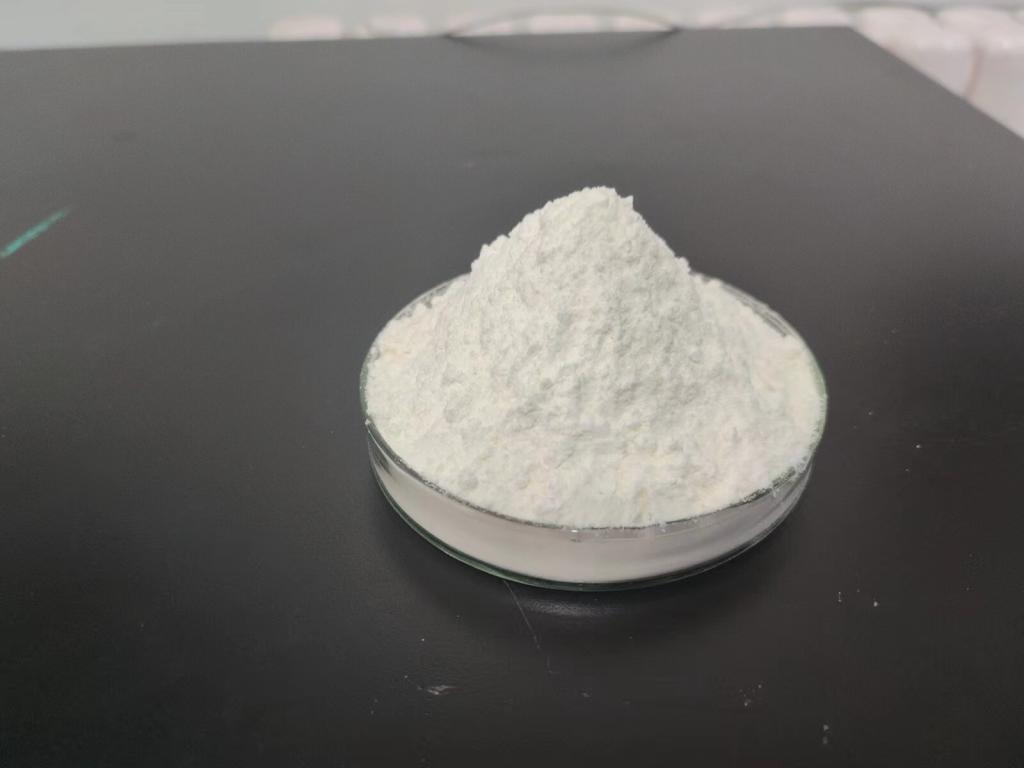Tel:+8618231198596

News
 CONTACT
CONTACT
 CONTACT
CONTACT
- Linkman:Linda Yao
- Tel: +8618231198596
- Email:linda.yao@dcpharma.cn
- Linkman:CHARLES.WANG
- Department:Overseas
- Tel: 0086 0311-85537378 0086 0311-85539701
News
Current Position:
Home >
News
>ε-Polylysine Hydrochloride in the Battle Against Emerging Viral Threats
ε-Polylysine Hydrochloride in the Battle Against Emerging Viral Threats
TIME:2024-01-31
I. Understanding ε-Polylysine Hydrochloride:
ε-Polylysine Hydrochloride is a biodegradable polymer derived from microbial fermentation, particularly from strains of Streptomyces albulus. Its molecular structure, consisting of lysine residues linked by ε-amino bonds, gives it distinctive antimicrobial properties. While traditionally recognized for its role in food preservation, recent research has unveiled its potential as an antiviral agent.
II. Antimicrobial Mechanisms of ε-Polylysine Hydrochloride:
The antimicrobial action of ε-Polylysine Hydrochloride is rooted in its ability to disrupt microbial cell membranes. This mechanism is particularly effective against a broad spectrum of microorganisms, including bacteria, fungi, and certain viruses. Its selectivity towards the cell membranes of pathogens makes it a promising candidate for antiviral applications.
III. ε-Polylysine Hydrochloride's Antiviral Potential:
Research indicates that ε-Polylysine Hydrochloride exhibits antiviral activity against a range of viruses, including enveloped viruses such as influenza and herpesviruses. The ability of ε-Polylysine Hydrochloride to interfere with the integrity of viral envelopes suggests its potential as a versatile antiviral agent against various classes of viruses.
IV. Mechanisms of Action Against Viruses:
The antiviral mechanisms of ε-Polylysine Hydrochloride involve interactions with viral envelopes and inhibition of viral entry into host cells. By disrupting the lipid bilayer of viral envelopes, ε-Polylysine Hydrochloride hinders the fusion process necessary for viral entry, thereby impeding the infection cycle. This multifaceted approach makes it a promising tool in the battle against emerging viral threats.
V. Broad-Spectrum Antiviral Activity:
One of the key advantages of ε-Polylysine Hydrochloride is its broad-spectrum antiviral activity. This characteristic is especially valuable in the context of emerging viral threats, where the identity and characteristics of the virus may not be immediately known. ε-Polylysine Hydrochloride's ability to target a diverse array of viruses enhances its potential as a first-line defense against novel infectious agents.
VI. ε-Polylysine Hydrochloride in Influenza and Respiratory Viruses:
Influenza and other respiratory viruses pose significant challenges to public health, often leading to seasonal outbreaks and occasional pandemics. Studies have demonstrated the efficacy of ε-Polylysine Hydrochloride against influenza viruses, suggesting its potential use in the development of antiviral strategies to combat respiratory infections.
VII. Potential Application in Enveloped RNA Viruses:
Enveloped RNA viruses, such as the Zika virus and coronaviruses, present ongoing challenges due to their ability to rapidly mutate and evade immune responses. Preliminary research indicates that ε-Polylysine Hydrochloride may offer a viable approach to inhibit the entry and replication of these viruses, showcasing its potential in addressing emerging threats.
VIII. Safety and Biocompatibility:
The safety profile of any antiviral agent is paramount, especially considering potential human applications. ε-Polylysine Hydrochloride has demonstrated a favorable safety profile in various studies, with low toxicity to mammalian cells. Its biocompatibility is a critical factor in its potential utilization as an antiviral therapeutic or prophylactic agent.
IX. Synergistic Approaches and Combination Therapies:
In the complex landscape of emerging viral threats, a multi-pronged approach to antiviral strategies is often necessary. ε-Polylysine Hydrochloride's compatibility with other antiviral agents opens the door to synergistic approaches and combination therapies. This collaborative strategy may enhance efficacy while minimizing the risk of resistance development.
X. Challenges and Future Directions:
While ε-Polylysine Hydrochloride shows promise in the battle against emerging viral threats, challenges such as optimizing dosage, formulation development, and comprehensive in vivo studies must be addressed. Research efforts are ongoing to elucidate its full potential, ensuring that it can be effectively integrated into antiviral protocols in diverse healthcare settings.
XI. Global Health Security and Antiviral Innovations:
As the world grapples with emerging viral threats, innovations in antiviral strategies contribute significantly to global health security. ε-Polylysine Hydrochloride's antiviral potential positions it as a valuable addition to the arsenal of antiviral agents, offering a sustainable and biodegradable alternative in the quest to address current and future pandemics.
XII. Conclusion:
ε-Polylysine Hydrochloride's emergence as an antiviral agent reflects the dynamic landscape of infectious disease research. Its broad-spectrum activity, safety profile, and biodegradability make it a compelling candidate for applications against emerging viral threats. As ongoing research advances our understanding of its mechanisms and potential, ε-Polylysine Hydrochloride may play a pivotal role in shaping the future of antiviral strategies, contributing to global efforts to safeguard public health in the face of evolving infectious challenges.
- Tel:+8618231198596
- Whatsapp:18231198596
- Chat With Skype







